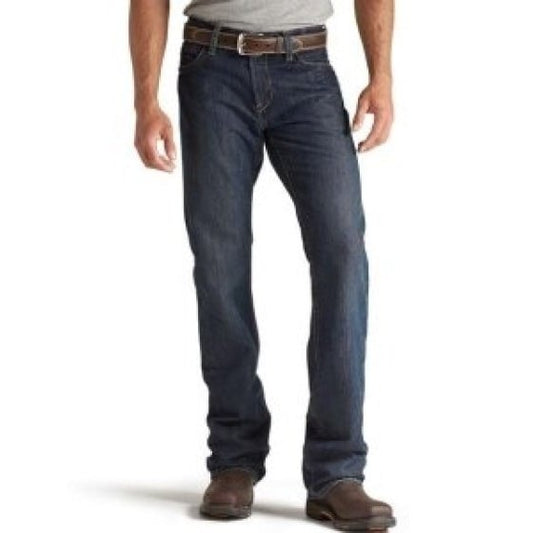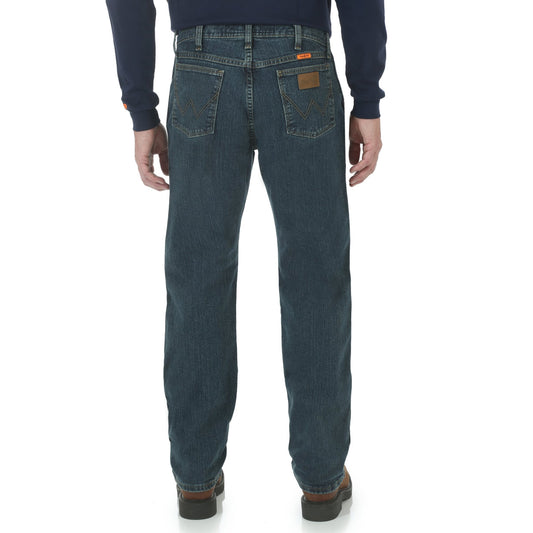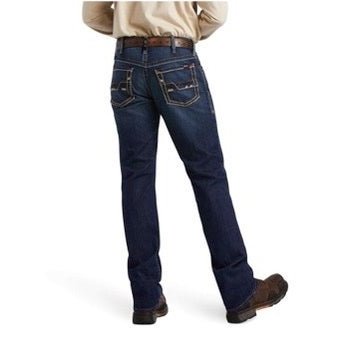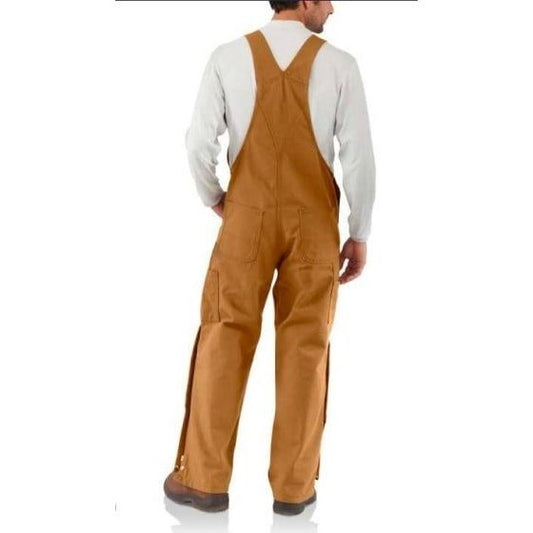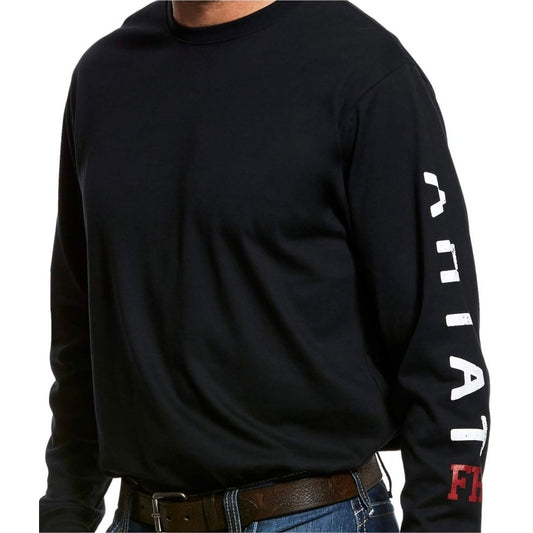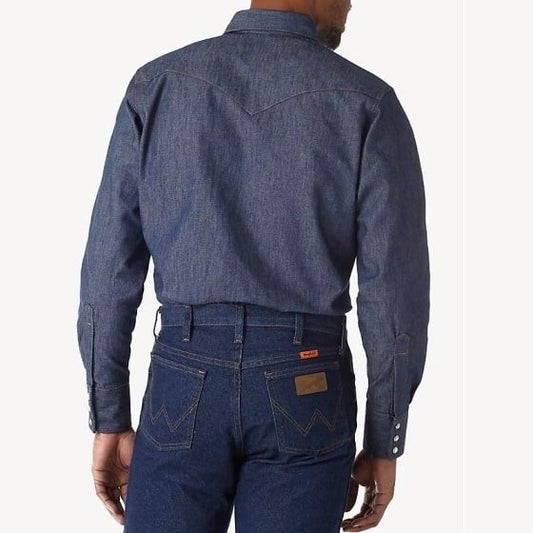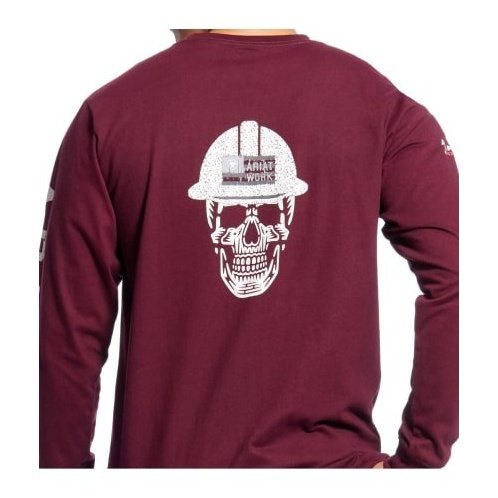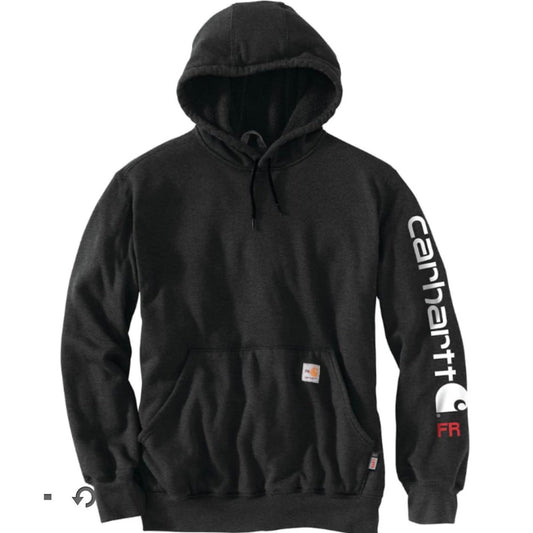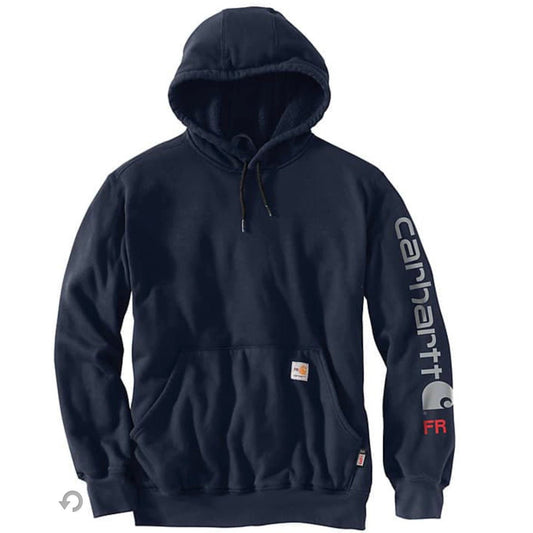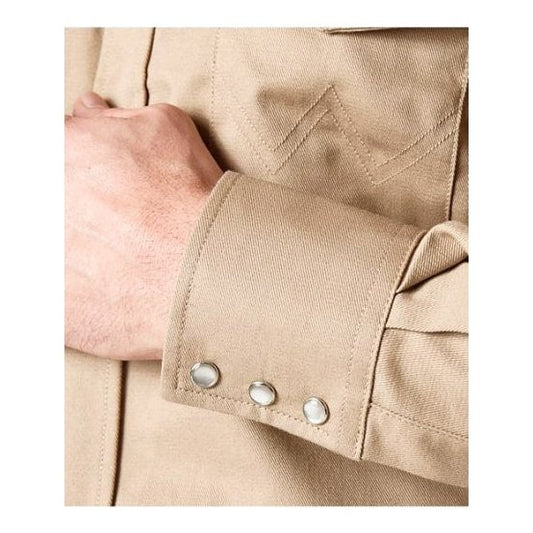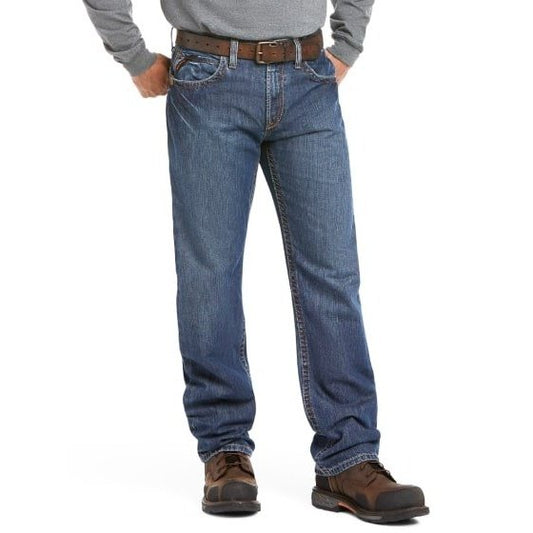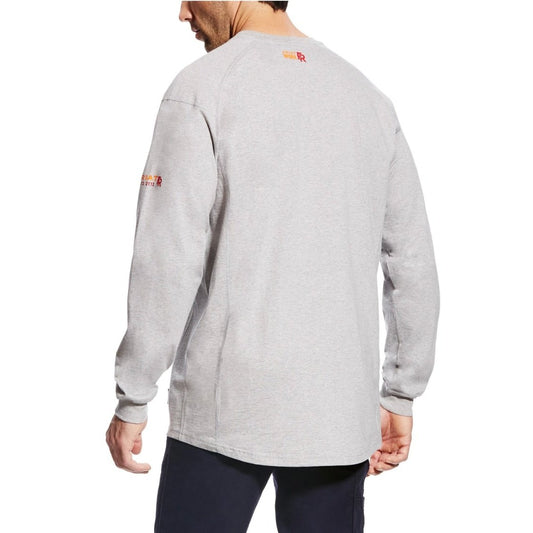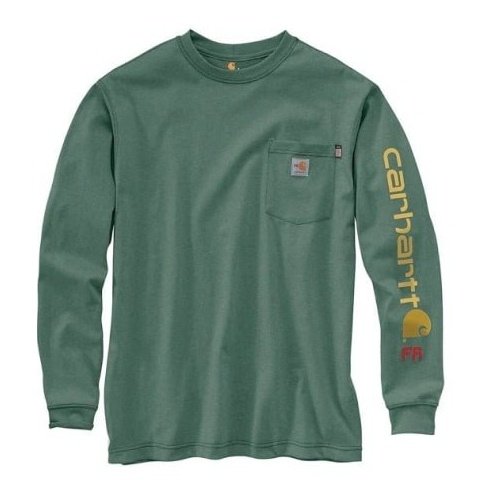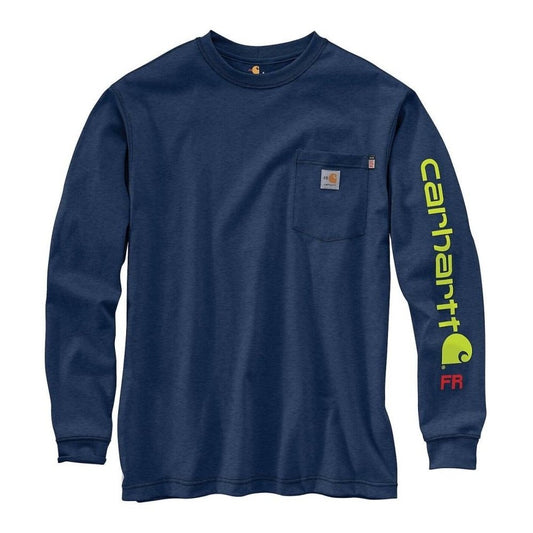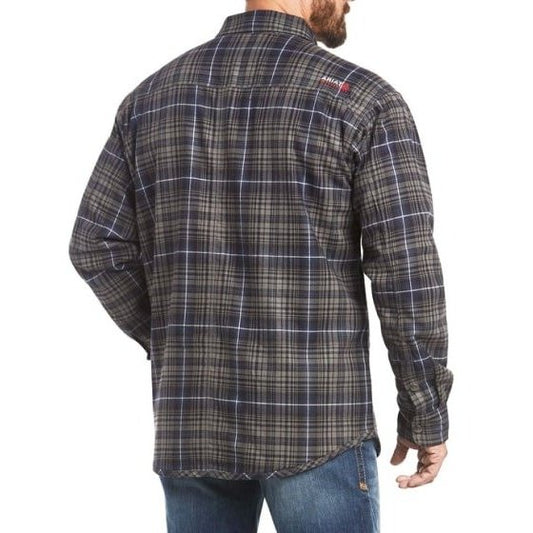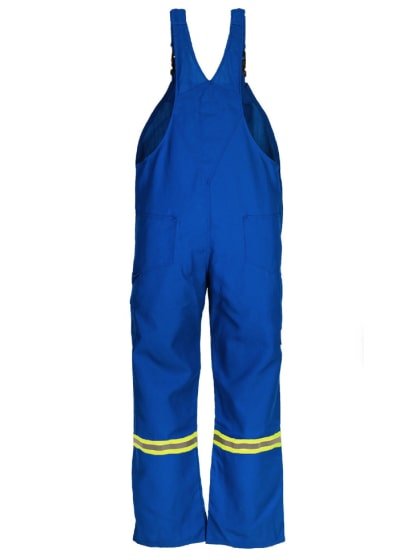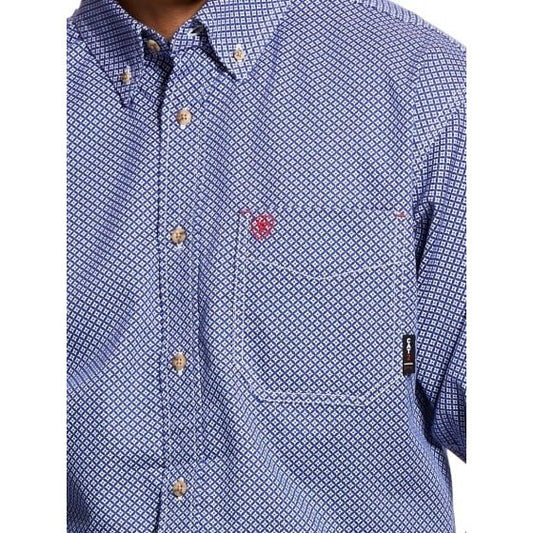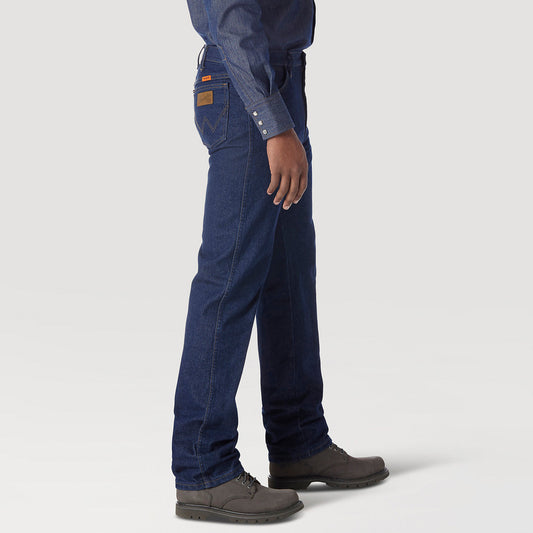Collection: Flame Resistant / FR Clothing
Flame Resistant / FR Clothing is a cornerstone of safety apparel and Wei's is proud to carry a premium selection of this PPE personal protective apparel. From top to bottom, we can outfit you with everything you need to stay as safe and comfortable as possible.
Want to learn more about FR Clothing? Be sure to read our FR Clothing Laundry Care Checklist.
hello
-
Ariat
Ariat Work Men's Flame Resistant Jeans Stretch Low-Rise Boot Cut
Regular price $219.95 CADRegular priceUnit price / per -
Wrangler
Wrangler Men's Work Pants Flame Resistant Advanced Comfort Jeans
Regular price From $134.95 CADRegular priceUnit price / per -
Ariat
Ariat Work Men's Flame Resistant Jeans Lightweight DuraStretch
Regular price From $249.95 CADRegular priceUnit price / per -
Carhartt
Carhartt Men's Bib Overalls FR Flame Resistant Unlined
Regular price From $249.95 CADRegular priceUnit price / per -
Ariat
Ariat Work Men’s Shirt Flame Resistant Long Sleeve Roughneck Skull Logo
Regular price From $139.95 CADRegular priceUnit price / per -
Wrangler
Wrangler Work Men’s Shirt Flame Resistant Denim Long Sleeve Snaps
Regular price From $144.95 CADRegular priceUnit price / per -
Ariat
Ariat Men’s Work Shirt Flame Resistant Roughneck Skull Logo
Regular price $159.95 CADRegular priceUnit price / per -
Carhartt
Carhartt Men's Work Hoodie FR Flame Resistant Original Fit Graphic
Regular price From $234.95 CADRegular priceUnit price / per -
Wrangler
Wrangler Work Men's Shirt Flame Resistant Khaki
Regular price From $124.95 CADRegular priceUnit price / per -
Ariat
Ariat Work Men's Jeans Flame Resistant Loose Fit Straight Leg
Regular price From $209.95 CADRegular priceUnit price / per -
Ariat
Ariat Men’s Work Shirt Flame Resistant Air Crew
Regular price From $109.95 CADRegular priceUnit price / per -
Carhartt
Carhartt Men’s Shirt FR Flame Resistant Force Long Sleeve Logo Pocket
Regular price From $119.95 CADRegular priceUnit price / per -
Ariat
Ariat Work Men's Shirt Flame Resistant Flame Resistant Monument
Regular price $159.95 CADRegular priceUnit price / per -
ActionWear
ActionWear Flame Resistant Nomex Bib Overall Unlined
Regular price From $299.95 CADRegular priceUnit price / per -
Ariat
Ariat Work Men's Shirt Flame Resistant CAT Liberty
Regular price From $129.95 CADRegular priceUnit price / per -
Wrangler
Wrangler Men's Work Jeans Flame Resistant Original Fit Prewashed
Regular price From $119.95 CADRegular priceUnit price / per

